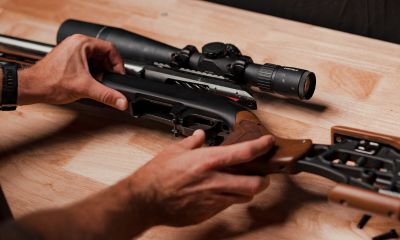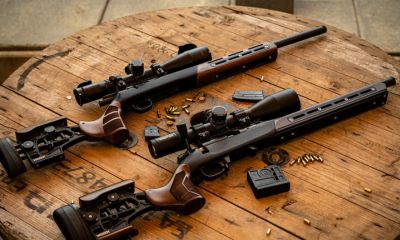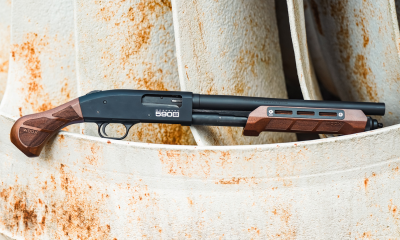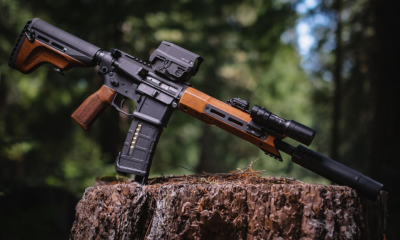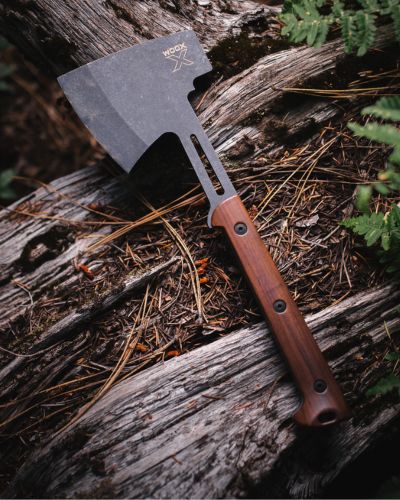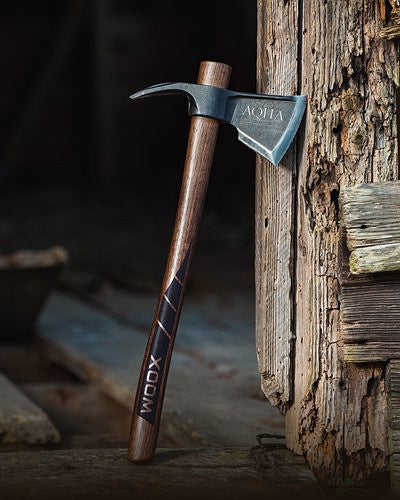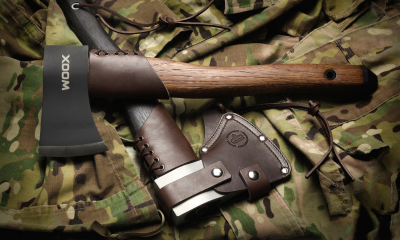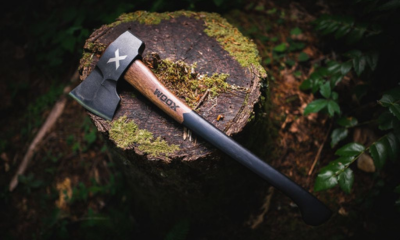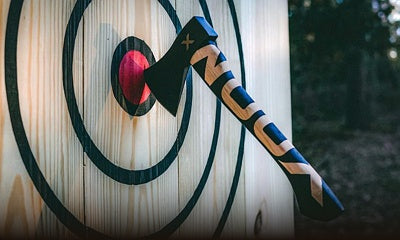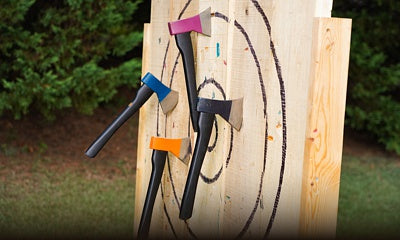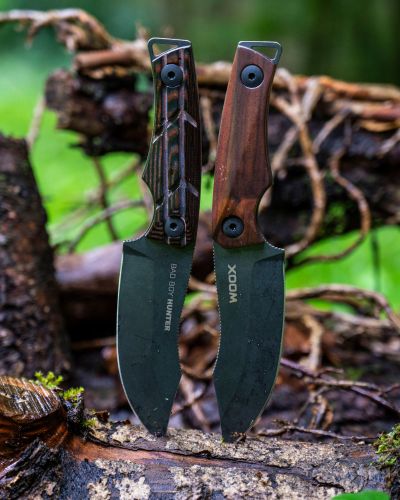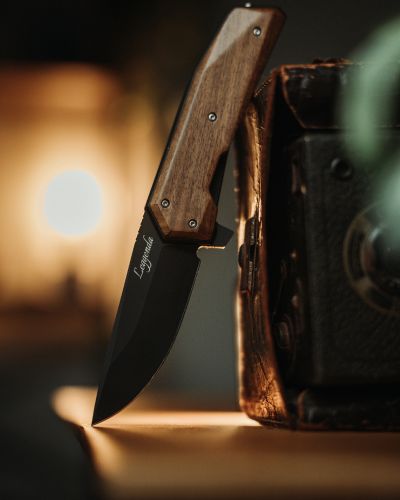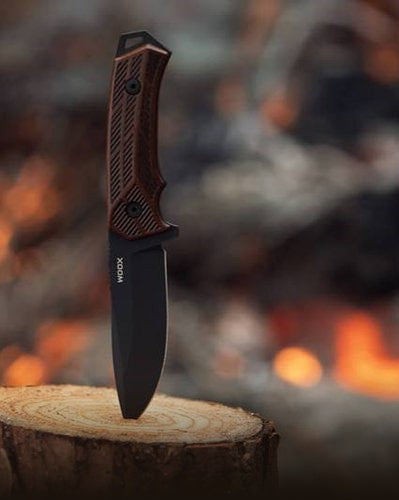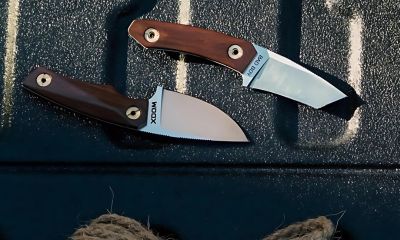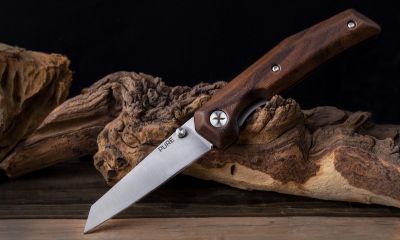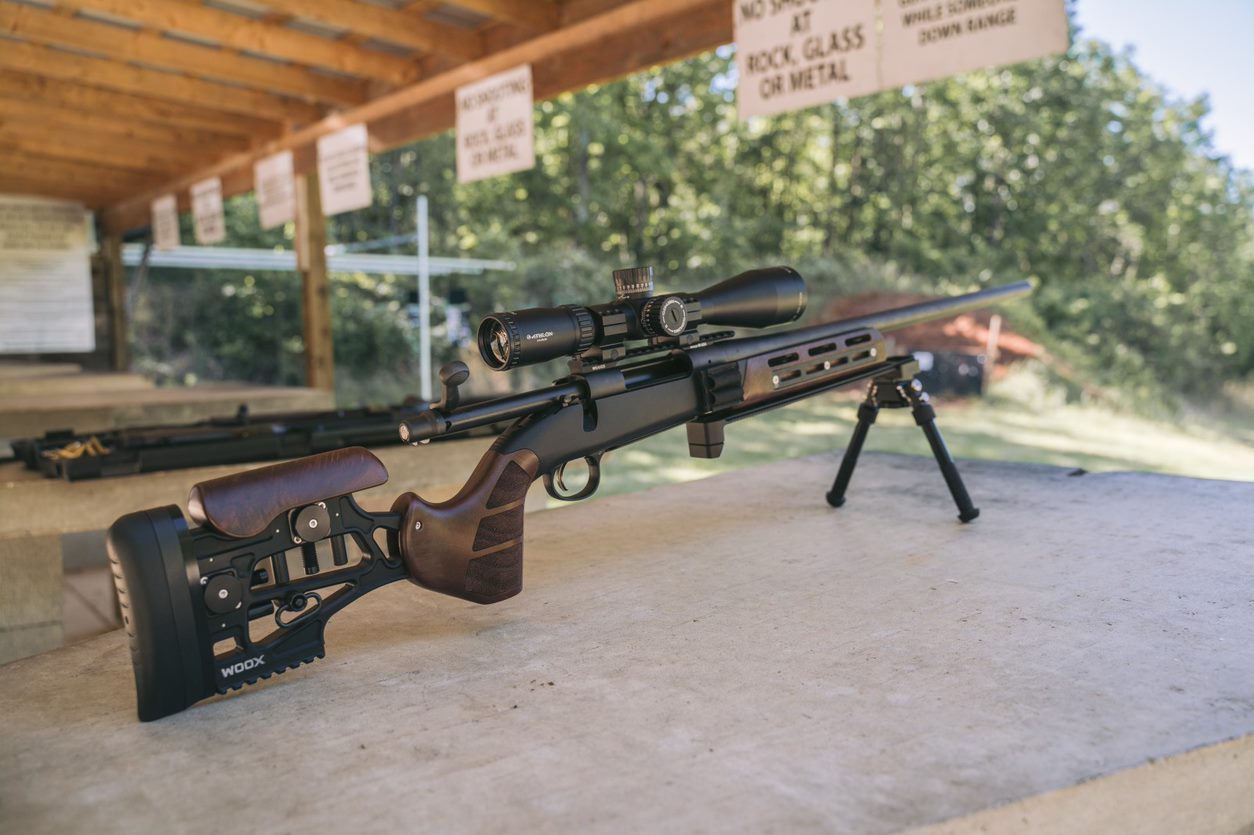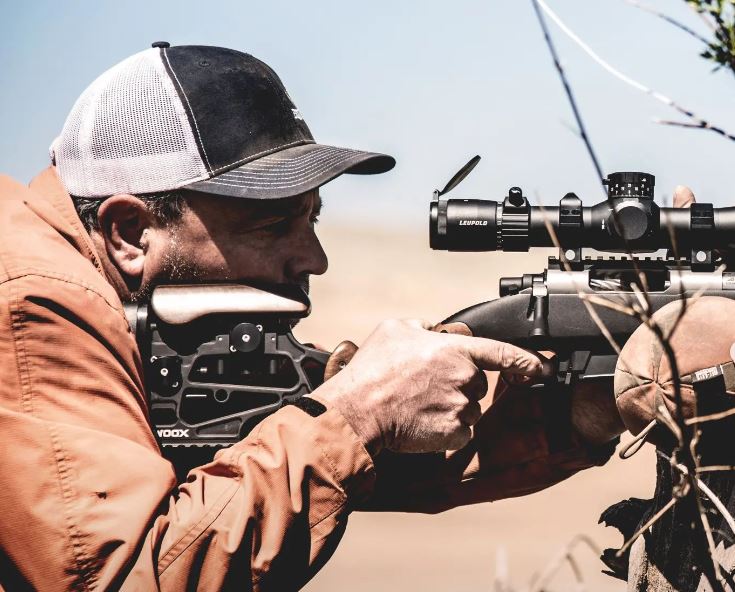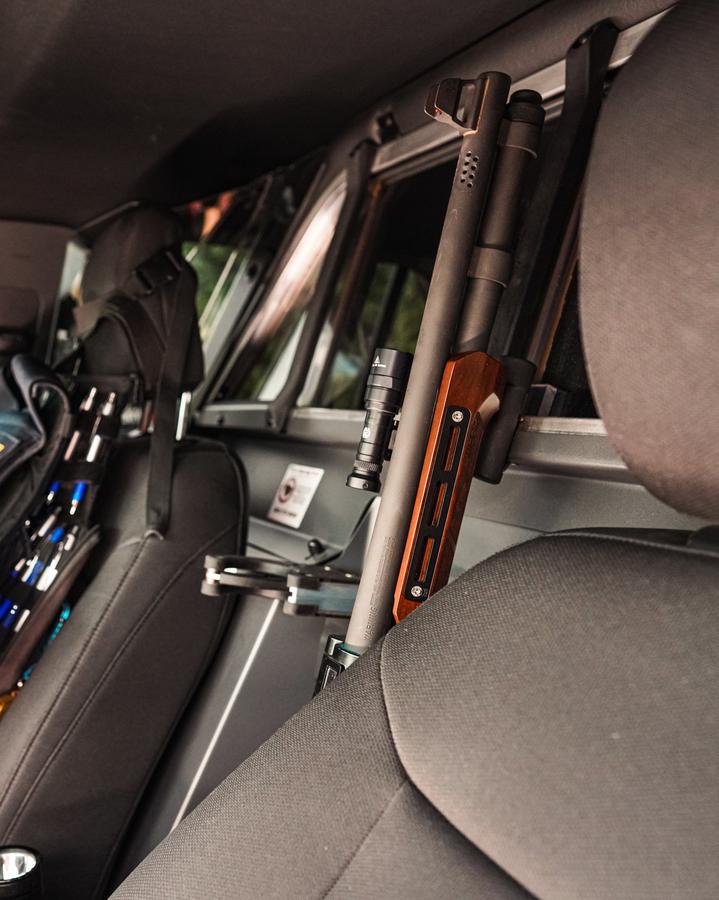

Mastering Precision Shooting: Exploring Essential Shooting Positions
In the world of shooting, precision is paramount. Whether you are a competitive shooter, a law enforcement officer, or a military professional, the ability to consistently hit your target with accuracy is a skill that requires practice, discipline, and an understanding of various shooting positions. In this article, we will explore some of the essential shooting positions used in precision shooting and discuss their advantages and limitations.
Prone Position
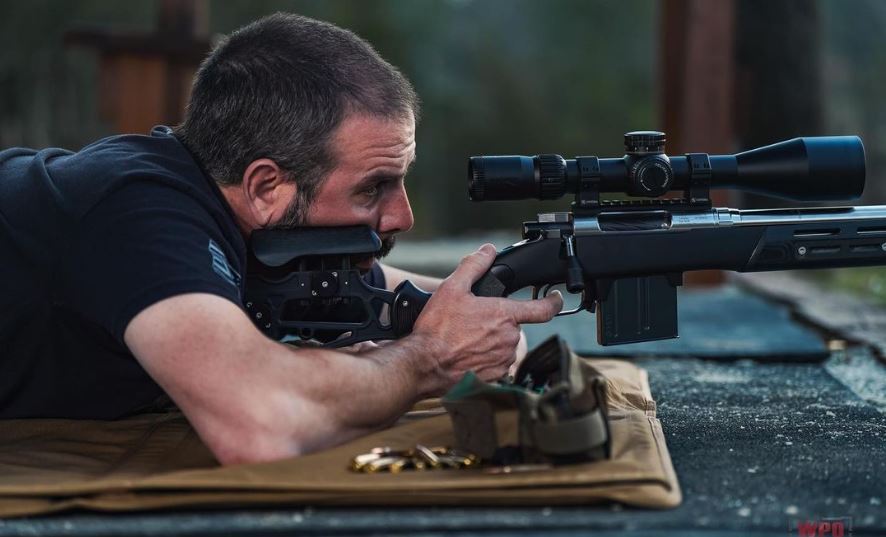
The prone position is arguably the most stable shooting position, commonly used in long-range shooting scenarios. To assume this position, the shooter lies flat on their stomach with the rifle resting on a bipod or sandbag. The body's weight is distributed evenly, providing excellent stability and minimizing movement. This position allows for a natural point of aim and recoil control, making it ideal for long-distance shots that demand high accuracy. However, the prone position can limit situational awareness and may not be suitable for every shooting scenario.
Sitting Position
The sitting position is commonly employed in shooting competitions and tactical scenarios where the shooter needs to engage targets quickly from a low-profile stance. To assume this position, the shooter sits with the non-firing leg bent and the firing leg extended forward. The rifle is rested on the support arm and may be stabilized using additional support such as shooting sticks or a sandbag. The sitting position offers a good compromise between stability and mobility, allowing for relatively quick target acquisition while maintaining a steady platform. It also provides better situational awareness compared to the prone position.
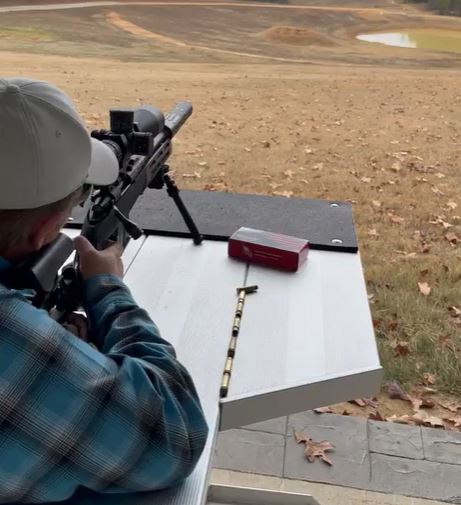
Kneeling Position
The kneeling position is versatile and commonly used in various shooting disciplines. It is assumed by kneeling on the non-firing leg with the firing leg bent at the knee, creating a stable triangular base. The shooter's elbow rests on the firing-side knee, providing additional support. This position offers better mobility than prone or sitting positions, allowing the shooter to quickly transition between targets. While it may sacrifice some stability compared to prone or sitting positions, proper technique and practice can mitigate these limitations.
Standing Position

The standing position is the most dynamic shooting position, often used in close-quarters engagements or scenarios where immediate mobility is crucial. In this position, the shooter stands upright with a relaxed posture, using both hands to support and aim the firearm. The standing position requires excellent balance, core strength, and control to maintain stability while shooting accurately. While it may be challenging to achieve precision in this position, it offers the advantage of maximum mobility and the ability to engage targets from unconventional angles.
Supported Shooting Positions
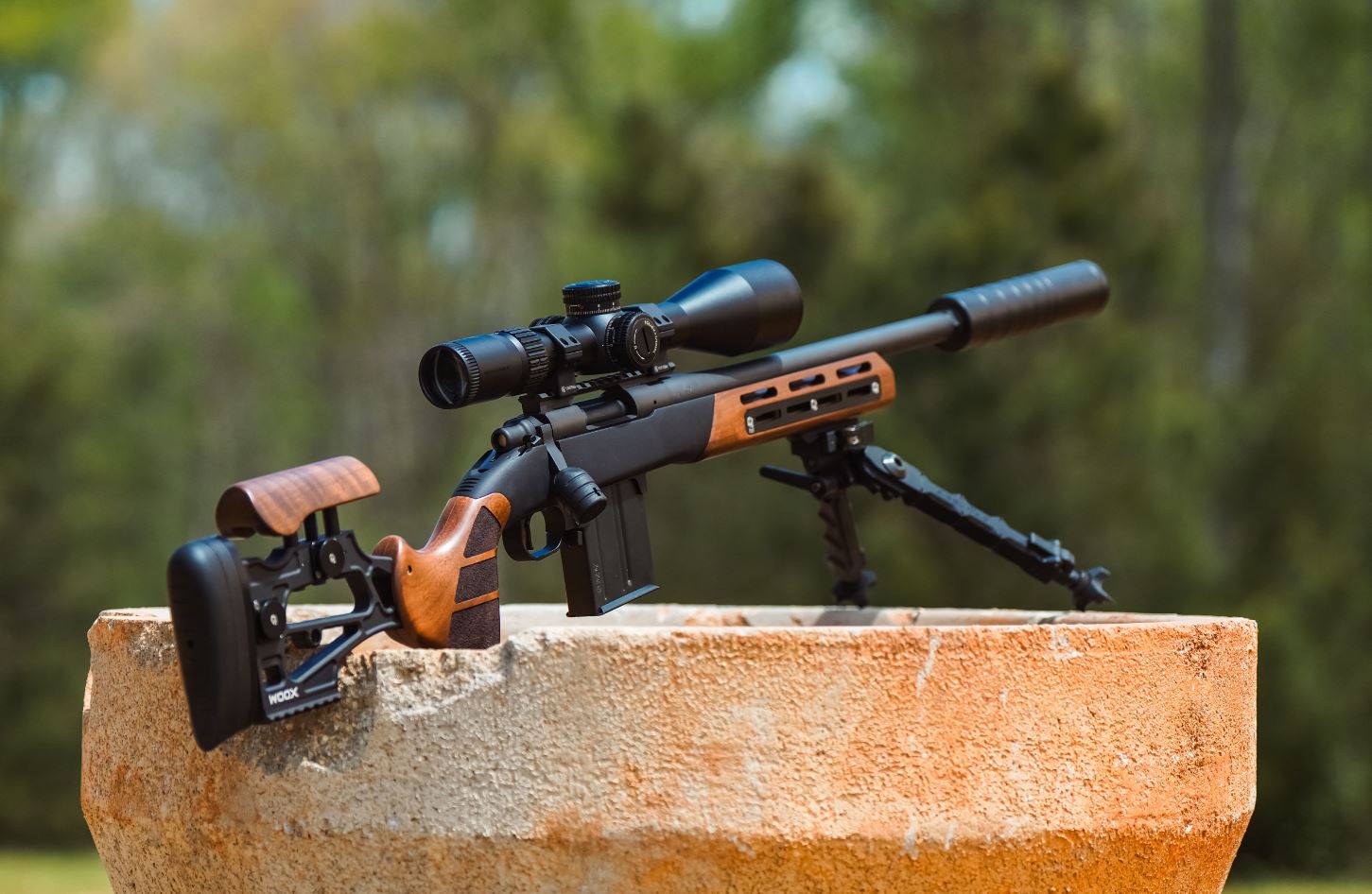
In addition to the traditional shooting positions mentioned above, shooters often use various supported shooting positions to enhance stability and accuracy. These may include shooting from barricades, using shooting rests, or employing specialized equipment such as tripods or shooting sticks. Supported shooting positions can be adapted to different scenarios, providing stability where traditional positions might not be feasible.
Pros and Cons of Shooting Positions
| Position | Pros | Cons |
|---|---|---|
| Prone Position |
|
|
| Sitting Position |
|
|
| Kneeling Position |
|
|
| Standing Position |
|
|
| Supported Shooting Positions |
|
|
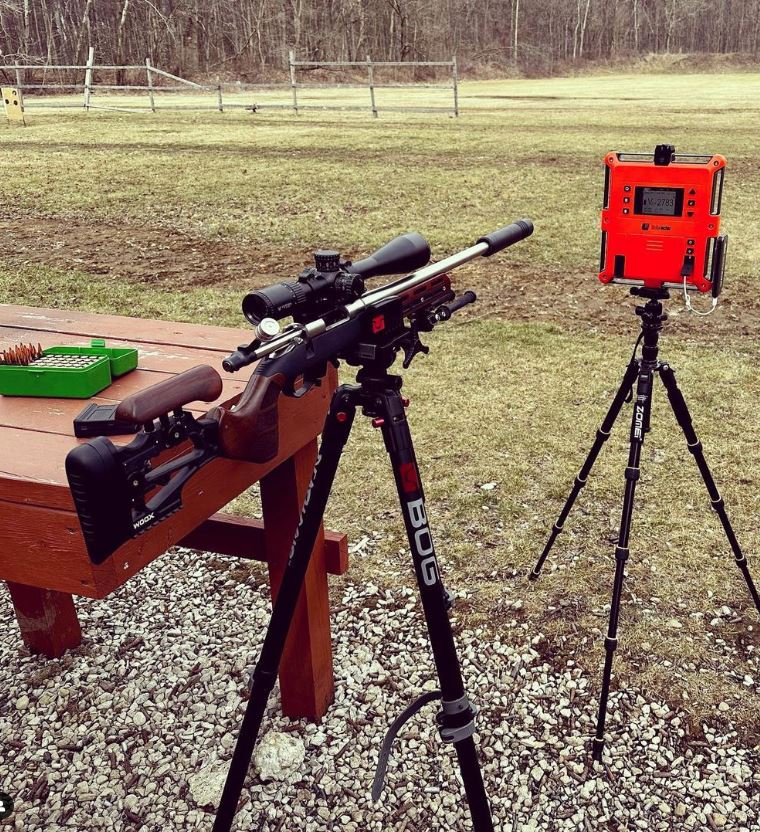
Mastering precision shooting requires understanding and proficiency in different shooting positions. Each position offers its advantages and limitations, and the choice of position depends on factors such as target distance, shooting scenario, and personal preference. Regular practice and proper technique are key to achieving consistency and accuracy across various shooting positions. Whether you are a competitive shooter, a law enforcement officer, or a military professional, honing your skills in these positions will greatly improve your shooting prowess and enable you to hit your targets with precision.
SHOP BY purpose
Discover the perfect fit for your needs with our diverse collection of aftermarket stocks, tailored for a range of different purposes.
see all our stocks


